The clock tower in England is called Big Ben, and the Great Wall of China can be seen from space… These are serious misconceptions held by most tourists.
1. Big Ben (England) is the name of the clock tower
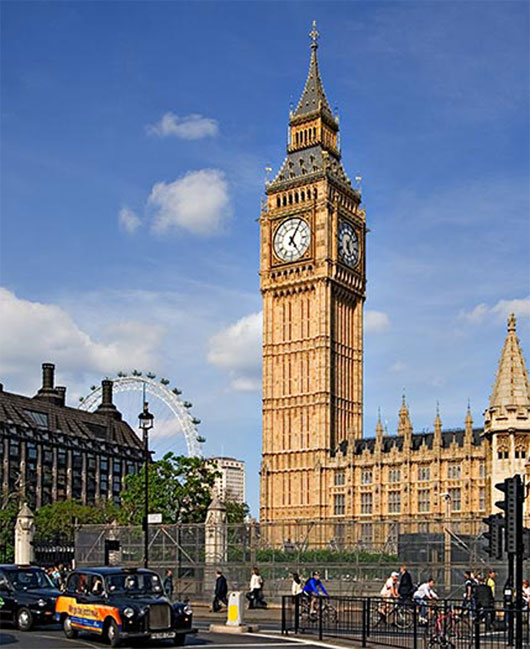
As one of England’s most iconic symbols, this is the most famous clock tower in the world. If there’s any footage of London, you’re sure to see it featured. However, in reality, “Big Ben” is not the name of the clock tower itself. This is a misunderstanding that tourists often repeat. “Big Ben” refers to the bell inside the clock tower, while the tower itself is officially named “Elizabeth Tower.”
2. The Great Wall of China can be seen from space
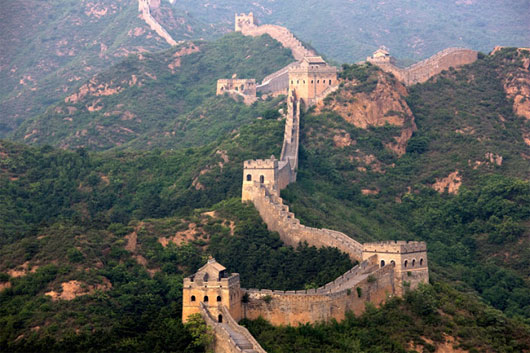
The Great Wall is one of the largest construction projects in history. The idea that it can be seen from space seems credible because it is the longest wall in the world. However, it cannot be observed from outer space. This was confirmed in 2003 by Yang Liwei, China’s first astronaut. The Chinese government has attempted to eliminate this misconception from textbooks for students.
3. The architects of St. Basil’s Cathedral (Russia) were all blind
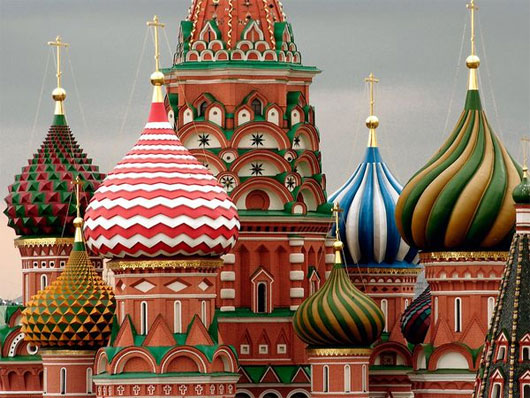
Located in Red Square, St. Basil’s Cathedral features tall towers with brightly colored spiral shapes reminiscent of cartoon imagery. Built between 1555 and 1561 under the orders of Tsar Ivan the Terrible, the architects did such an excellent job that rumors spread that the Tsar had blinded them all to prevent them from designing anything better. However, records indicate that four years after Ivan the Terrible’s death, they were invited to renovate and expand the cathedral. This would not have been possible if the rumors of their blindness were true.
4. Buckingham Palace (England) is the official residence of the Queen
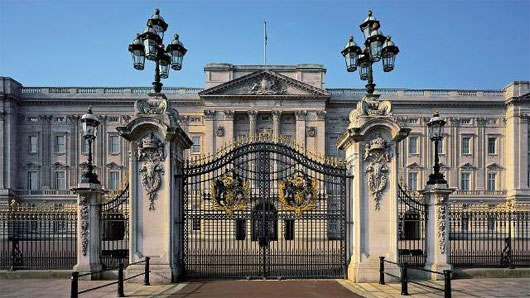
People often assume that the Queen of England resides at Buckingham Palace. However, the official residence of the Queen is actually St. James’s Palace, which has been the residence for English monarchs for over 400 years. Built by King Henry VIII between 1531 and 1536, royal family members lived there until 1837. It was only when Queen Victoria ascended to the throne that she chose Buckingham Palace as her residence. Subsequent monarchs also opted for Buckingham, although it was not the official royal residence.
5. A coin dropped from the Empire State Building (USA) will kill someone below

To this day, many people believe that dropping a coin onto someone walking below will kill them. Their argument is that when the coin hits, it will have enough speed to be lethal. Fortunately, this is just a myth. With its wide and flat shape, a coin encounters significant air resistance. Unless you could suck all the air out of New York City and drop the coin in a vacuum, at its maximum speed, the coin would only cause pain, not death.
6. Galileo dropped two balls from the Leaning Tower of Pisa (Italy)
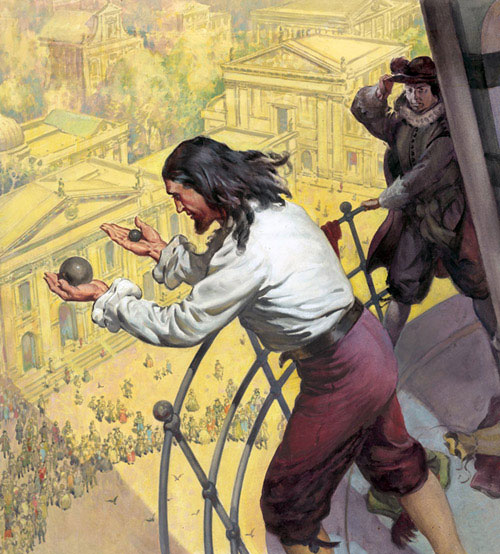
Galileo Galilei was a physicist, mathematician, astronomer, and philosopher famous for his series of scientific experiments during the Middle Ages. One of his most famous experiments was dropping two balls from the Leaning Tower of Pisa to demonstrate that two objects of different masses fall at the same rate. However, today there are many doubts that this actually occurred. Historians suggest that the entire story was fabricated to elevate Galileo’s role, or that he conducted a “thought experiment,” a testing method based on hypotheses rather than practical experiments.
7. Hoover Dam (USA) is filled with human remains

Hoover Dam is the largest concrete dam in the world. Built between 1931 and 1936, accidents on the site claimed 96 lives. Many believe that a significant number of these individuals were buried within the dam’s concrete blocks and remain there to this day. While it is true that 96 people died during its construction, the reality is that no one is entombed within the dam as rumored. Hoover Dam was constructed from thousands of individual concrete blocks assembled together. These were placed one block at a time, making it impossible for anyone to be trapped within them.
8. St. Peter’s Basilica in Vatican City is the largest cathedral in the world
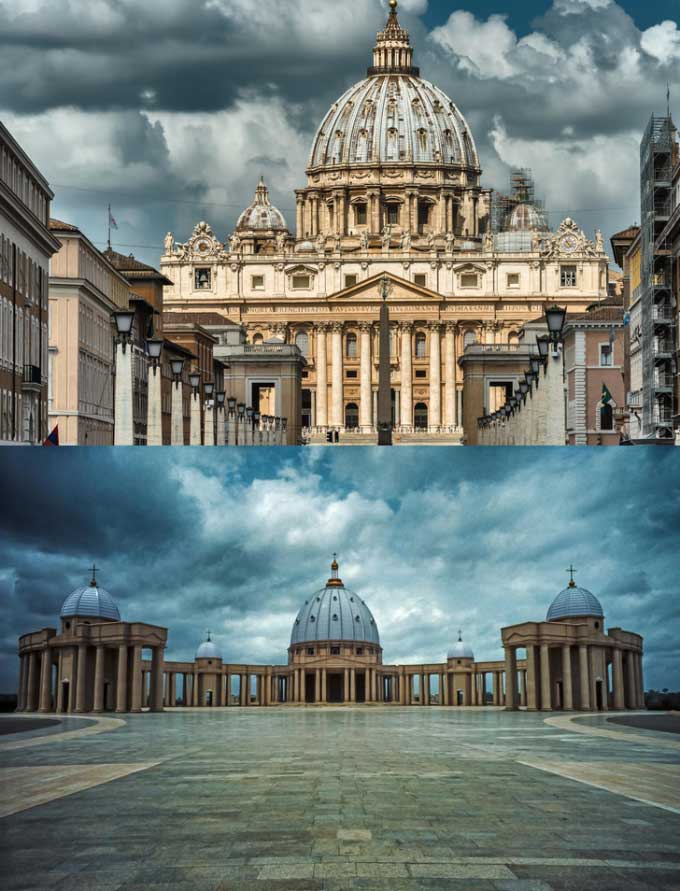
St. Peter’s Basilica in Vatican City can accommodate nearly 60,000 people during mass. However, the Basilica of Our Lady of Peace in Yamoussoukro, Ivory Coast, is actually the largest in the world. The cathedral was built from 1985 to 1989, modeled after St. Peter’s Basilica in Vatican City, but it is twice the size, covering approximately 30,000 m². This basilica is also 26 meters taller than the one in Vatican City.
9. Niagara Falls is the highest waterfall in the world
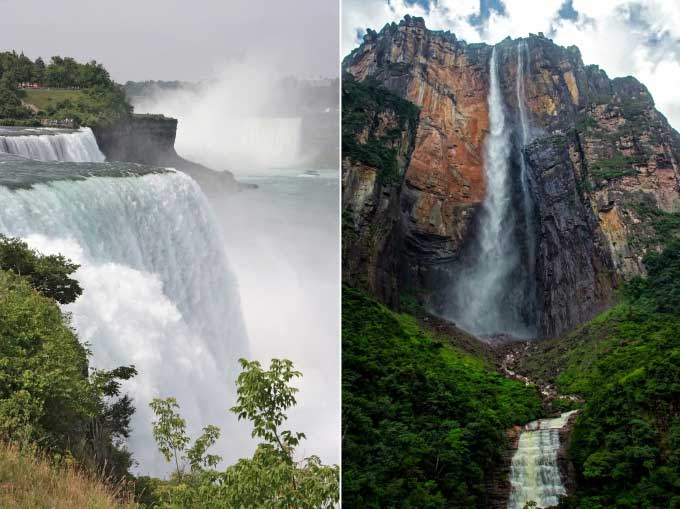
The title of the highest waterfall belongs to Angel Falls in Venezuela, which drops 979 meters from the top of Auyantepui, known as the Devil’s Mountain. In the hot season, some of the water evaporates on its way down, creating clouds. This is a unique sight, but not easy to admire since the journey to the top of the waterfall takes about a day through the jungle.
10. North Cape is the northernmost point of Europe
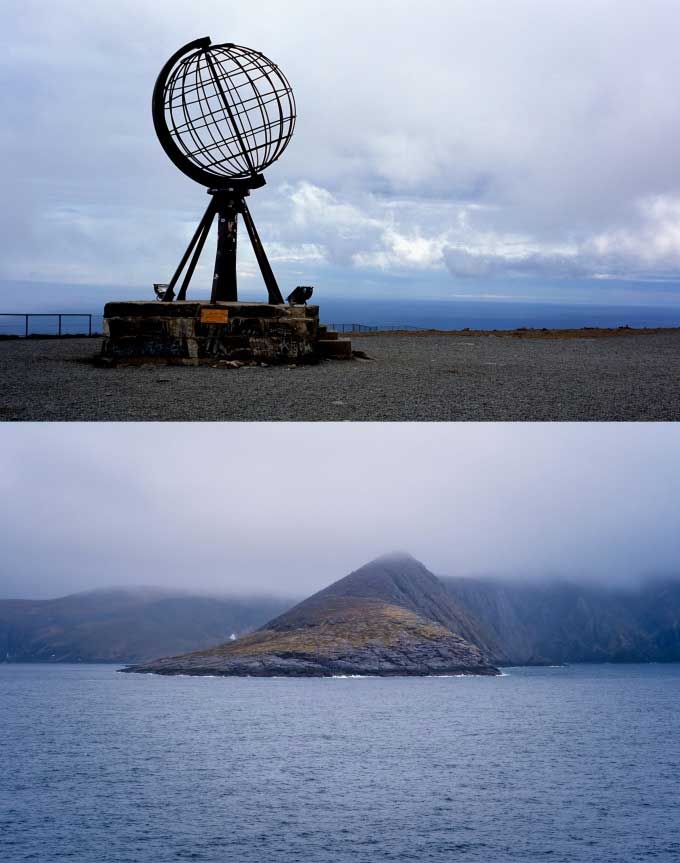
Every year, over 200,000 tourists visit Magerøya Island in Norway to stand at the northernmost point of Europe, North Cape (above). They are mistaken as the actual northernmost point is located about 1.5 km farther north. That is Knivskjollodden (below).
11. Cape of Good Hope is the southernmost point of Africa
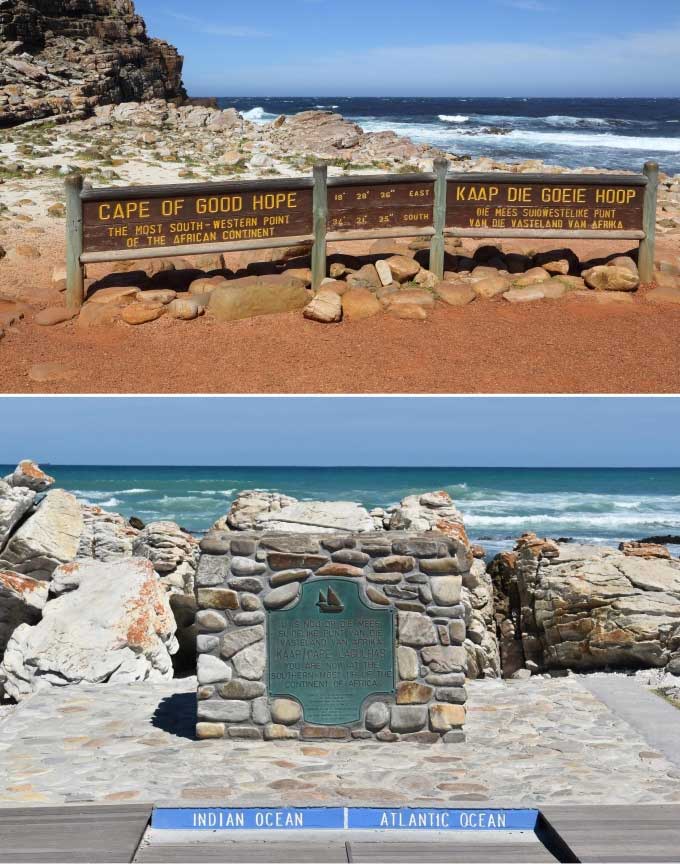
The Cape of Good Hope (above) is actually not the southernmost point of the African continent. The precise point is 155 km to the east – Cape Agulhas, where the Atlantic and Indian Oceans meet (below).
12. The Sahara Desert is just sand
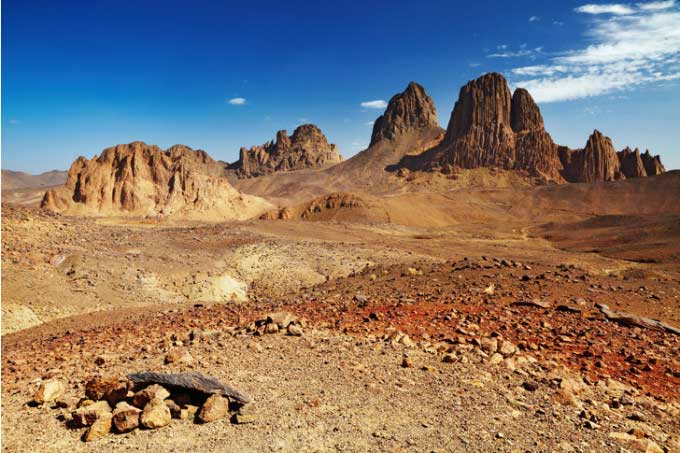
In reality, only 20% of the world’s largest desert is actually sand. The rest consists of rocks, gravel, boulders, and pebbles. Geologists have discovered that the desert was once a wet area for thousands of years, which is why its unique terrain exists today. The area of this largest desert in the world is also impressive – 8.6 million km2, nearly the size of the United States.





















































